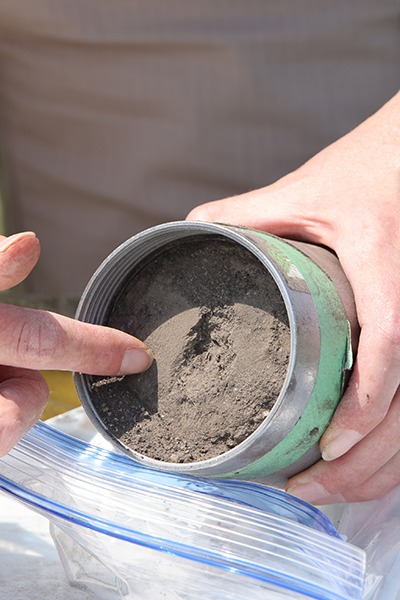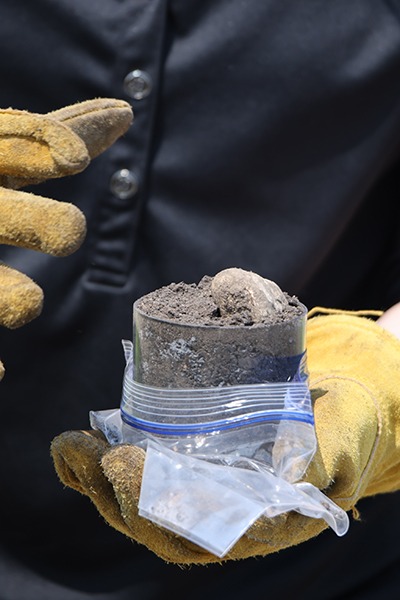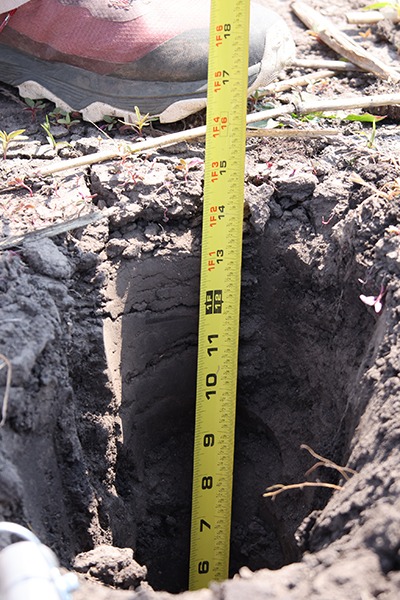How Much Carbon Can the Soil Sequester?
Content has been adapted from The Context Network “Get Smart, Stay Smart” Ag Carbon Service.
The short answer: The soil’s potential carbon capacity depends on soil type, climate, and management practices. No two soils will sequester carbon at the same rate or in exactly the same amount—different producers need to implement different practices depending on their land.

Figure provided by the Context Network, LLC.
The big picture: Soil carbon sequestration depends on all of the same factors that support a viable and flourishing biological system—the same things that support plant growth. These factors include water, food, air, and shelter.
Break it down: The total soil carbon capacity depends on the soil, the climate, and management practices. There is no “one-size-fits-all” solution to sequestering carbon.
- Soil type is the factor that dictates the potential carbon capacity of the soil. Potential soil carbon capacity is influenced by the clay content, bulk density, depth in the soil, and mineralogy of the soil.
- Climate includes rainfall, temperature, the amount of sunlight, and radiation. These factors somewhat decrease the “potential” organic carbon content in soil to what is attainable based on the soil’s location.
- Management: The icing on the cake. Management practices are the one aspect of soil carbon sequestration that producers can control. Using rotation strategies to keep the soil covered and carefully managing soil through inputs, decreased or no tillage are all ways to increase soil carbon over time.
Agricultural systems are complex, and soil carbon sequestration depends on all the same factors that make farming so complicated. But careful attention to the whole suite of factors in the agricultural ecosystem means farmers can better improve soil organic carbon content through rotation strategy and soil management.
Photo courtesy of USDA/Kirsten Strough.








